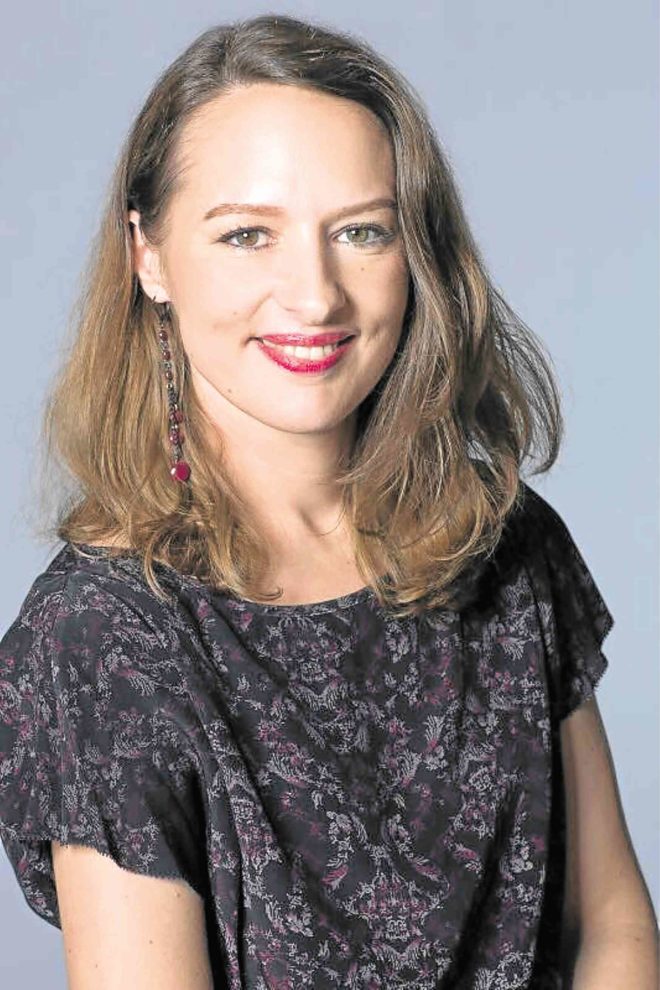
When summer rolls around, the No. 1 beauty tip you’ll read or hear is to always wear sunscreen. After spending time on the beach, you return home with a gorgeous glow, and, alas, a sunburned scalp.
Miriam Welsh, Phyto regional brand and marketing director, says this oversight often occurs because we are educated about our skin, but we forget about our scalp.
“What you have to keep in mind is that your scalp is the natural extension of the skin on your face. So, it’s your skin, but you have hair on it. As you treat your skin, you must also treat your scalp,” she says.
An unhealthy scalp isn’t only problematic when it’s in pain or flaking. It’s the most overlooked cause for unhealthy hair. If your hair isn’t behaving, look beyond additional treatments and assess the condition of the skin where it grows.
“At Phyto, the most important message is that healthy hair comes from a healthy scalp,” Welsh says. Beauty is the byproduct of overall health, a philosophy adapted from the brand’s origins in France. “The French are used to coloring hair, but we are also used to leaving our hair natural. So we don’t blow-dry or style that much. We just have a healthy lifestyle —kind of effortless,” she says.
“But that’s only possible if you don’t have damaged hair. If you use aggressive products, you can’t keep it natural because you have to hide things.” Other causes of an unhealthy scalp include pollution and reaction to weather.
All of Phyto’s products are plant-derived, or botanical, as they have branded themselves, which means everything is made from 70 to 100 percent plant products. Welsh explains that notorious beauty ingredients are not present in their ingredient list, like parabens, sulfates, and MIT (methylisothiazolinone). Instead, Phyto steams all the different parts of plants with different temperatures, a process they call decoction, to extract its active substance. Phyto never adds any water to the extract, only what is present from the process.
Understanding the labels
Here’s proof: Take any shampoo from any brand and the first ingredient you will read is water. The ingredient lists of beauty products worldwide are arranged in a specific order. Ingredients are listed in order of composition, from the most to the least. If water is the first ingredient in your shampoo, that means water is the majority component of your shampoo.
Welsh adds: “For us, it will never be water. It will be the extracted active ingredient listed first.”
Keep your color
Phyto’s latest release is the Phytomillesime Range created to maintain the radiance of color-treated hair. Its active ingredient is an antioxidant derived from the Red Love Apple, which does not oxidize at all.
The Phytomillesime Range carries five products starting with the anticolor stripping preshampoo, its star product for the range. Because daily washing is the primary reason hair color fades quickly, Phyto laboratories created this product that locks the pigments in the hair before washing. So that when you do step two, the color enhancing shampoo or cleansing care cream, your dye job is protected.
Step three is a color-enhancing mask that repairs hair and step four is a no-rinse color enhancer you can spray on to your hair daily, wet or dry.
New way to dye
Phyto also rethinks hair color. Welsh advises to stay away from bleach jobs because these are always full of harsh chemicals. Phyto Color uses only natural pigments from plants even for its color, so lightening your jet-black Asian hair is possible sans bleaching agents.
Welsh adds: “We have the next generation color coming next and we will remove all the bad ingredients. So it will even be more natural.”
“You cannot be beautiful if it’s not healthy. Treat your hair with respect and it will be amazing,” Welsh says. As a French woman, she points out that the healthy philosophy extends in the way they care for their hair. Skipping daily washes is practiced not because they’re trying to keep their hair’s natural oils, but because it’s not oily and not unclean.
Dry shampoo, Welsh reveals, is bad for the hair because it’s all made of chemicals. But she recognizes that the different conditions between France and the Philippines may require that this beauty tip be put in the right context.
Pollution levels, humidity, and water quality all play a big part. The longest you can go without washing your hair? “Three days is the limit,” says Welsh. –CONTRIBTUED